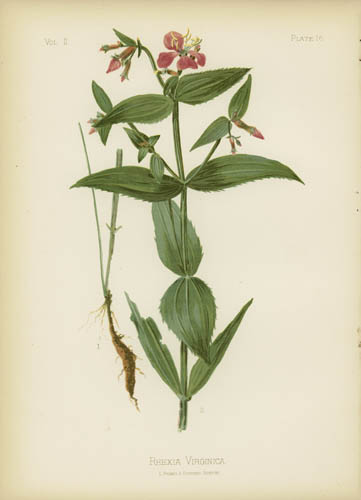I came here to live . . .
Always there was the sound of
the morning cricket.
Henry Thoreau, July 5, 1845
*****
July 5. Saturday. Walden. - Yesterday I came here to live . . . Always there was the sound of the morning cricket. July 5, 1845
July 7. It is a mark of serenity and health of mind when a person hears the sound of the cricket. Be ever so little distracted, your thoughts so little confused, your engagements so few, your attention so free, your existence so mundane, that in all places and in all hours you can hear the sound of crickets in those seasons when they are to be heard. July 7, 1851
July 9. The crickets appear to have received a reinforcement during the sultry night. July 9, 1852
July 14. The creaking of the crickets seems at the very foundation of all sound. At last I cannot tell it from a ringing in my ears. It is a sound from within, not without. You cannot dispose of it by listening to it. In proportion as I am stilled I hear it. It reminds me that I am a denizen of the earth. July 14, 1851
July 15. The robin sings still, but the goldfinch twitters over oftener, and I hear the link link of the bobolink, and the crickets creak more as in the fall. All these sounds dispose our minds to serenity. July 15, 1854
July 16. The earliest corn begins to tassel out. The lark sings in the meadow; the very essence of the afternoon is in his strain. This is a New England sound, but the cricket is heard under all sounds. July 16, 1851
July 16. Many men walk by day; few walk by night. It is a very different season. Instead of the sun, there are the moon and stars; instead of the wood thrush, there is the whip-poor-will;. . . Instead of singing birds, the croaking of frogs and the intenser dream of crickets .July 16, 1860
July 19. Beyond the bridge there is a goldenrod partially blossomed. First came the St. John's-wort and now the goldenrod to admonish us. I hear, too, a cricket amid these stones under the blackberry vines, singing as in the fall. Yesterday it was spring, and to-morrow it will be autumn. Where is the summer then? July 19, 1851
July 19. I hear now that very fine pittering sound of a locust or cricket in the grass. July 19, 1860
July 20. The light of the moon is a cold, almost frosty light, white on the ground. There are a few fireflies about. Green, their light looks sometimes, and crickets are heard. You are pretty sure also to hear some human music, vocal or instrumental, far or near. July 20, 1853
July 21. There are few sounds but the slight twittering of swallows, and the springy note of the sparrow in the grass or trees, and a lark in the meadow (now at 8 A.M.), and the cricket under all to ally the hour to night. Day is, in fact, about as still as night. July 21, 1851
July 24. The corn now forms solid phalanxes, though the ears have not set, and, the sun going down, the shadows, even of corn-fields, fall long over the meadows, and a sweetness comes up from the shaven grass, and the crickets creak more loud in the new-springing grass. July 24, 1852
July 24. I hear incessantly a cricket or locust, inspired by the damp, cool shade, telling of autumn. July 24, 1853
July 26. Dog-days, - sultry, sticky weather, - now when the corn is topped out. Clouds without rain. Rains when it will. Old spring and summer signs fail . . . I mark again, about this time when the first asters open, the sound of crickets or locusts that makes you fruitfully meditative, helps condense your thoughts, like the mel dews in the afternoon. This the afternoon of the year. How apt we are to be reminded of lateness, even before the year is half spent! July 26, 1853
July 27. New creaking or shrilling from crickets (?) for a long time past, more fine and piercing than the other. July 27, 1852
July 28. Last evening it was much cooler, and I heard a decided fall sound of crickets. July 28, 1854
July 29. The sight of the small rough sunflower about a dry ditch bank and hedge advances me at once further toward autumn. At the same time I hear a dry, ripe, autumnal chirp of a cricket. It is the next step to the first goldenrod. July 29, 1853
July 31. Returning home last evening, I heard that exceedingly fine z-ing or creaking of crickets (?), low in the grass in the meadows. You might think it was a confused ringing in your head, it is so fine. Heard it again toward evening. Autumnalish. July 31, 1859
See also:
The Cricket in November (Listening for the last cricket)
A Book of the Seasons, by Henry Thoreau, The Cricket in July
A Book of the Seasons, by Henry Thoreau
"A book, each page written in its own season,
out-of-doors, in its own locality."
~edited, assembled and rewritten by zphx © 2009-2025






